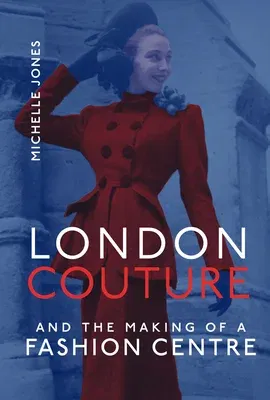How design collaboration, networks, and narratives contributed to the
establishment of a recognized English couture industry in the 1930s and
1940s.
In the 1930s and 1940s, English fashion houses, spurred by economic and
wartime crises, put London on the map as a major fashion city. In this
book, Michelle Jones examines the creation of a London-based couture
industry during these years, exploring how designer collaboration and
the construction of specific networks and narratives supported and
shaped the English fashion economy. Haute couture--the practice of
creative made-to-measure womenswear--was widely regarded as inherently
French. Jones shows how an English version emerged during a period of
economic turbulence, when a group of designers banded together in a
collective effort to shift power within the international fashion
system.
Jones considers the establishment of this form of English design
practice, analyzing the commercial, social, and political factors that
shaped the professional identity of the London couturiers. She focuses
on collaborative activity that supported this form of elite, craft-based
fashion production--from the prewar efforts of the Fashion Group of
Great Britain to the wartime establishment of the Incorporated Society
of London Fashion Designers, modeled loosely after French fashion's
governing body, the Chambre Syndicale de la Couture Parisienne.
It was these collective efforts by couturiers that established and
sustained London's place as an internationally recognized center for
creative fashion.

